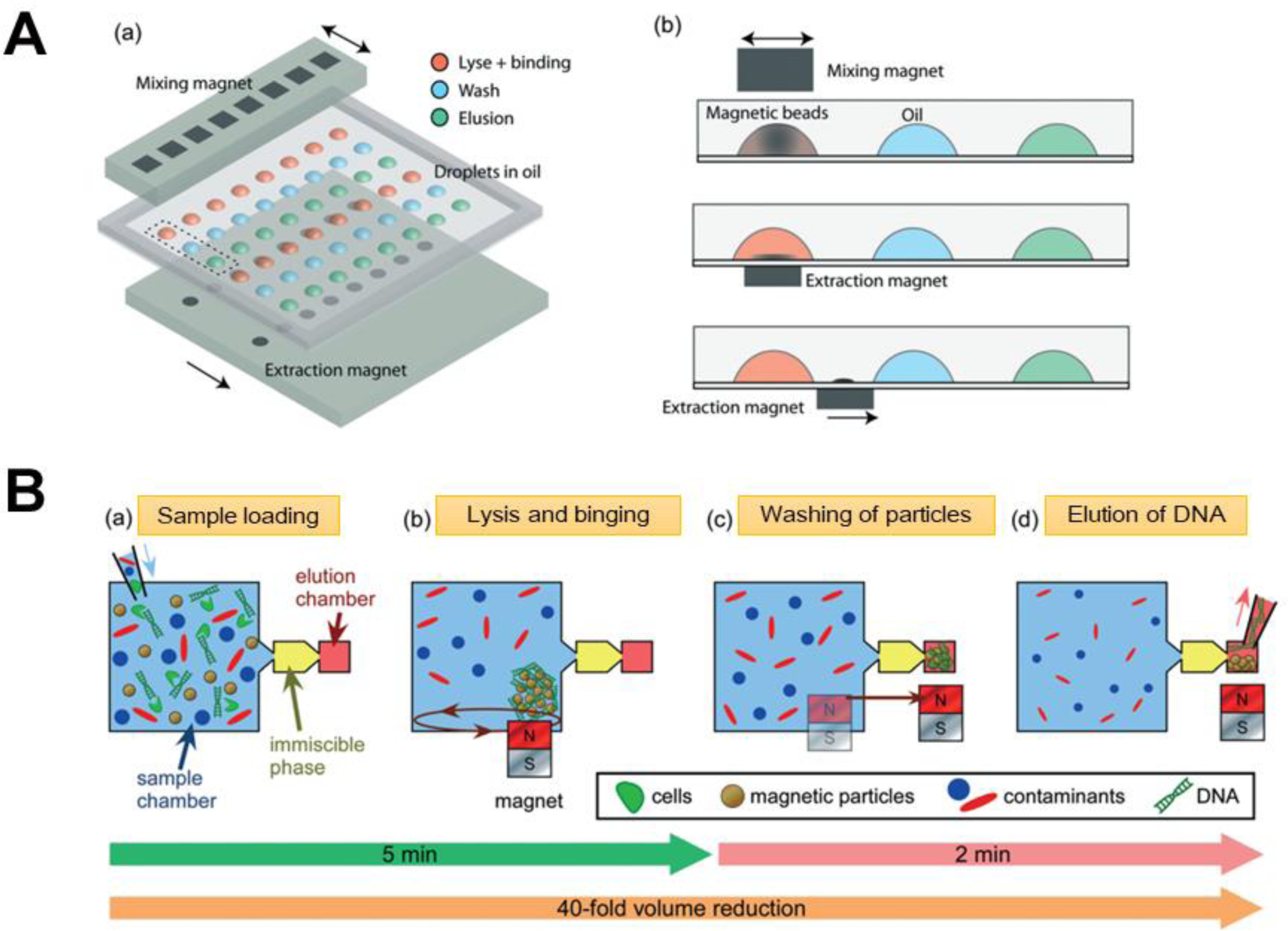Figure 2. Magnetic beads-based microfluidic nucleic acid extraction chip.

(A) Overview of the TREDA system (Shi et al., 2015) (a) schematic of the TREDA chip where (b) controls the dispersion, aggregation, and movement of magnetic beads. Adapted from Ref. 34 with permission from the Royal Society of Chemistry. (B) Schematic of the DNA extraction process showing (Mosley et al., 2016) (a) Sample loading and lysis. (b) Mixing of superparamagnetic particles (PMPs) to combine with DNA. During the process, the magnet can control the movement of the magnetic beads, so the magnetic beads are in an aggregate state. This process can be accelerated by controlling the movement of the magnetic beads. (c) Transfer of PMPs through the immiscible phase for washing, (d) elution of DNA from the PMPs and collection of the nucleic acid for off-chip analysis is shown. Adapted from Ref. 38 with permission from the Royal Society of Chemistry.
